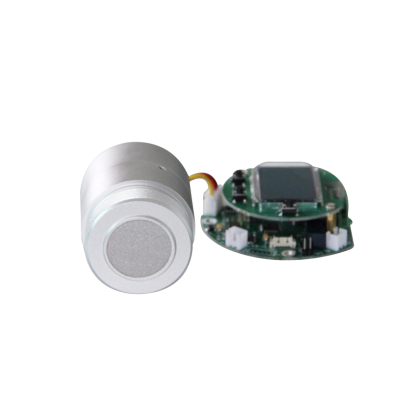COCl2 Sensor
Phosgene, also known as carbonyl chloride, chemical formula for COCl2, at room temperature has rotting grass taste, colorless and highly toxic.The phosgene is unstable in chemical properties and hydrolyzed rapidly in water to form hydrogen chloride.Phosgene was originally produced by the decomposition of chloroform by light, hence its name.Phosgene is extremely toxic, about 10 times more toxic than chlorine, and was used as a chemical weapon by various armies during world war I and world war ii.In real life, phosgene is mainly produced in the process of dyes, pesticides, pharmaceuticals, etc. For the sake of safety, phosgene sensors are needed in such industries or fields to monitor and warn the phosgene in the environment.
Phosgene is generally detected by electrochemical means. The measured gas will undergo oxidation or reduction reaction at the induction electrode inside the sensor, and an internal current will be generated at the same time. The current is related to the concentration of the measured gas.The sensor expert network phosgene sensor has added a reference electrode inside to stabilize the electromotive force of the induction electrode, adding three electrodes inside the sensor.In addition, the product's diffusion barrier design features allow the gas entering the sensor to react completely at the sensor electrode.
| Model | Range | Service life | Response time | Sensitivity | Output | Linearity | Resolution radio |
| COCl2 3E 1 | 0-1ppm | >1 year | <120s | 650nA/ppm±150nA/ppm | Current | <10%FS | <0.02ppm |




